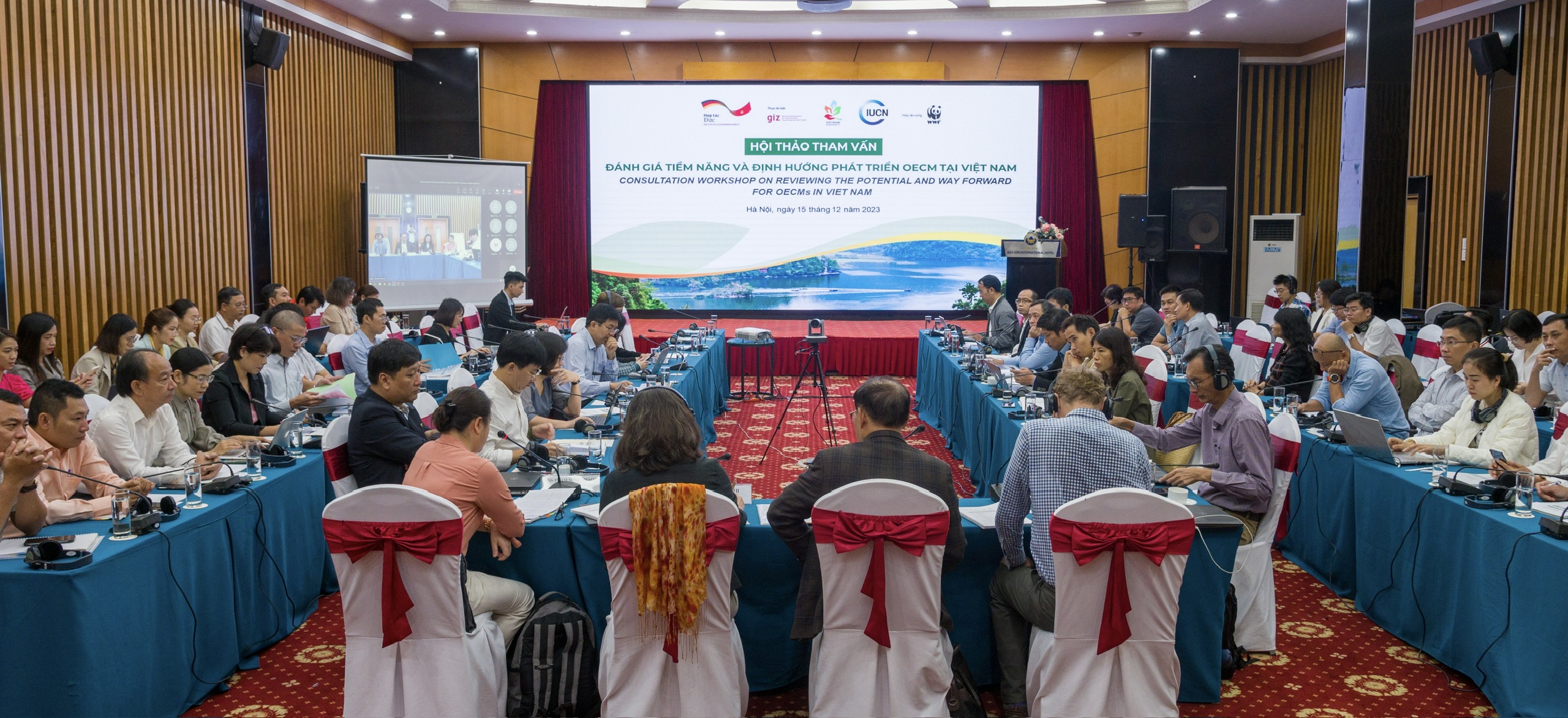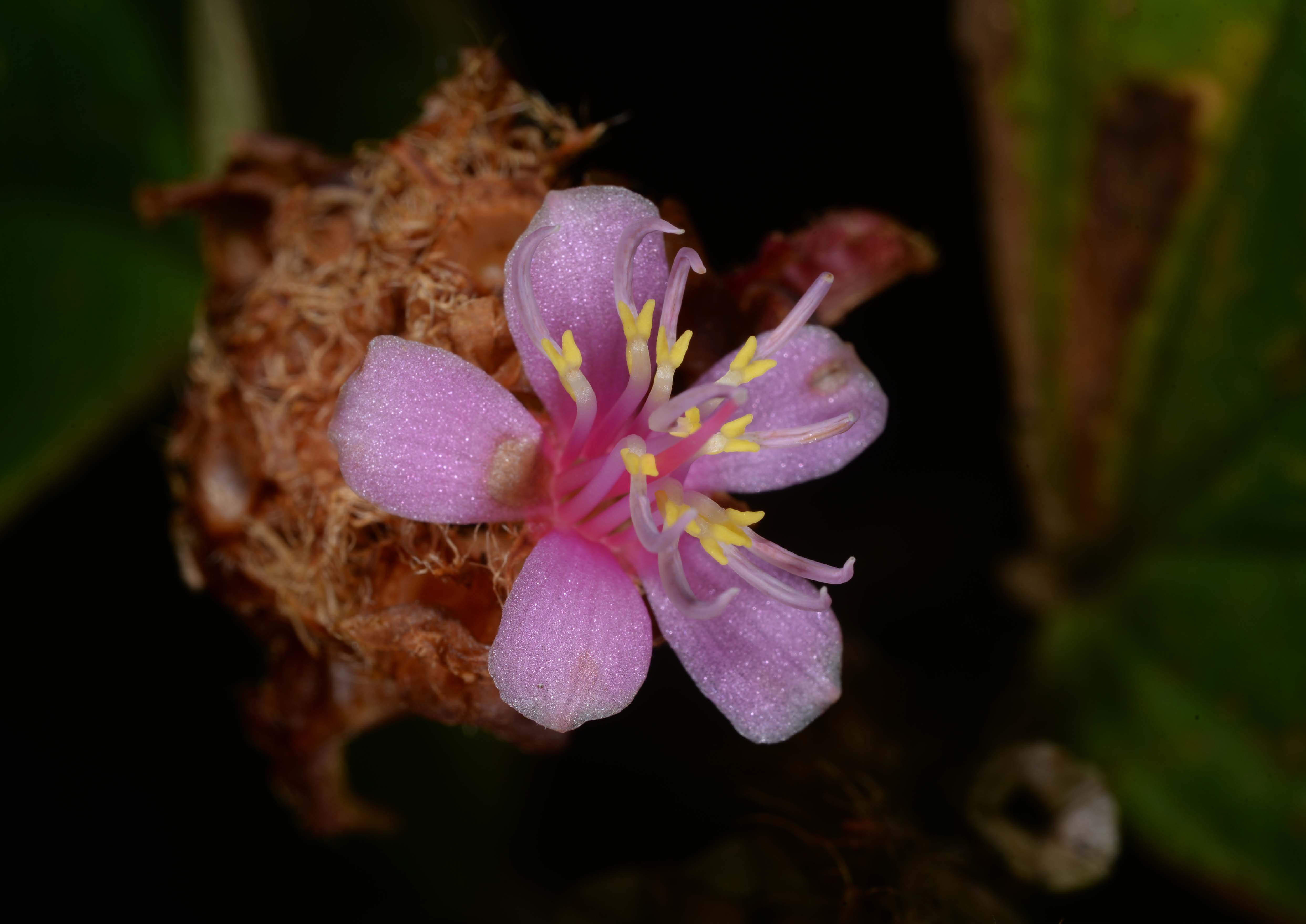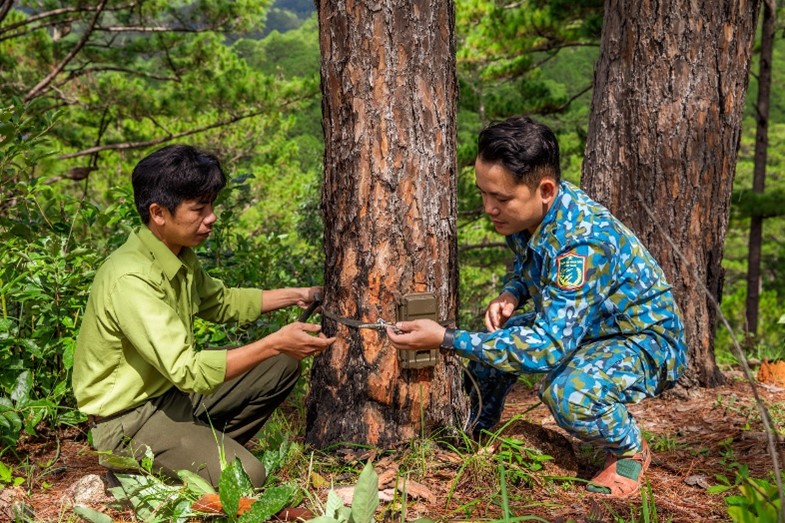The application of “other effective area-based conservation measures” (OECMs) is a practical approach to reaching the ambitious 30 by 30 goal (global target to protect 30% of the planet for nature by 2030 (known as ‘30×30‘)) under the Convention on Biological Diversity (CBDA). As a signatory to the CBD, Viet Nam has not yet applied the OECM approach to biodiversity conservation.
A recent study recommends a way forward to enable the implementation of OECMs to support the protected area system in in-situ conservation efforts. This study’s review on three key laws on biodiversity, forestry and fishery has determined nine types of areas as potential OECMs. A roadmap formulates a stepwise approach towards OECM application in Viet Nam.
Many steps remain to be taken
OECMs unlock tremendous potential for expanding the current area-based conservation system in the country. This is acknowledged through the mentioning of OECMs in the National Biodiversity Strategy to 2030 and vision to 2050. To some extent, regulations are available to support the identification of OECMs in Viet Nam. However, in practice, a lot of headway remains to be made until OECMs could officially be recognised in Viet Nam:
While the legal framework identifies a potential variety of distinctive protected and conserved areas, not all sites have clear boundaries and are established on the ground. For example, natural protection forests already exist in a national system, and they cover around 5.5 million hectares. They have clearly identified boundaries, locations and areas. However, other sites are merely mentioned in legal regulations without further guidance on their identification, such as high-biodiversity areas or important landscapes. Some have already had their boundaries for planning legally identified on maps as “biodiversity corridors.” Some sites may overlap or cover other sites, such as national tourism sites of high-biodiversity and protected areas or important wetland areas.
Stakeholders in the governance and management of these sites are also varied and sometimes vague under the current legal framework. For instance, the legal framework for buffer zones of protected areas or important wetland areas clearly appoints a management authority, but the actual management activities are not yet fully functional. In cases of areas which combine different ecosystems, management responsibilities are unclear or overlap between other sectoral authorities as well as between the central, provincial or local levels.
Roadmap towards OECM recognition
Current regulations need to be supplemented and clarified in line with the CBD guiding framework. To guide this process, a roadmap for OECM implementation has been suggested. It recommends the following key activities: Mainstreaming the IUCN guideline on OECM identification into national laws and initiating the assessment and recognition of OECMs in Viet Nam; Developing and issuing official criteria and guidelines for identifying OECMs in Viet Nam; Reviewing and revising the current legal framework governing these OECMs towards better management for biodiversity conservation; Developing and piloting management mechanisms for selected types of OECMs; Developing models and recommending policies and mechanisms to encourage local communities and the private sector in establishing and managing OECMs; Applying payment for ecosystem services in OECMs to generate sustainable finance for biodiversity conservation in OECMs; (and) Raising awareness and communicating about OECMs.
OECMs have been adopted and recognised in many countries – including India and Canada – as good reference examples for effective biodiversity conservation.
This study has been conducted in the frame of the measure “Management of protected areas which unite different ecosystems.” The work package “Management of protected areas which unite different ecosystems” in Viet Nam is commissioned by the German Federal Ministry for Economic Cooperation and Development (BMZ) under its Study and Expert Fund and jointly implemented by the Viet Nam Administration of Forestry (VNFOREST) and GIZ.
Methodology applied in the study:
According to the CBD, OECM is identified based on four key criteria: (i) the area is not currently recognised as a protected area; (ii) the area is governed and managed; (iii) the area achieves sustained and effective contribution to in situ conservation of biodiversity; and (iv) associated ecosystem functions and services and cultural, spiritual, socio-economic, and other locally relevant values are respected, upheld, and supported. The report reviews current policy and regulations in reference to the two first criteria to recognise 13 potential OECM categories in Vietnam. The resulting 13 categories are then filtered based on the implementation of these regulations in practice and trimmed down to nine categories of potential OECMs in Viet Nam, including: (i) natural protection forest, (ii) buffer zones of protected areas; (iii) production natural forest; (iv) aquatic resource protection site; (v) high-biodiversity area beyond protected areas; (vi) biodiversity corridor; (vii) important wetland areas; (viii) important landscape; (ix) national tourism site.
Background on OECMs:
The recent 2022 United Nations Biodiversity Conference of the Parties to the UN Convention on Biological Diversity has adopted the Kunming-Montreal Global Biodiversity Framework, which includes four goals and 23 targets to coordinate action-oriented efforts at a global level in biodiversity conservation from 2020 to 2030. This includes the target of protecting at least 30% of areas of particular importance for biodiversity and ecosystem functions through systems of protected areas and other effective area-based conservation measures (OECMs).
“Ensure and enable that by 2030 at least 30 per cent of terrestrial, inland water, and of coastal and marine areas, especially areas of particular importance for biodiversity and ecosystem functions and services, are effectively conserved and managed through ecologically representative, well-connected and equitably governed systems of protected areas and other effective area-based conservation measures, recognizing indigenous and traditional territories, …” (Target 3, UN Kunming-Montreal Global Biodiversity Framework).
The term OECM was initially introduced in CBD Aichi Biodiversity Targets 2008. Still, the official definition and guideline on its identification wasn’t released until 2018 in Decision 14/8 under COP14 thanks to IUCN technical support, in which OECMs are defined as:
“a geographically defined area other than a Protected Area, which is governed and managed in ways that achieve positive and sustained long-term outcomes for the in-situ conservation of biodiversity, with associated ecosystem functions and services and, where applicable, cultural, spiritual, socioeconomic, and other locally relevant values.”
According to the OECM world database, as of April 2022, there were 665 OECMs recognised globally, covering 1,764,000 km2 of the earth’s surface, including 1,447,000 km2 of land and 317,000 km2 of ocean.
In Viet Nam, the term OECM has been officially recognised in the National Biodiversity Strategy to 2030 and vision to 2050 as one of the key measures for conserving and restoring national biodiversity. The strategy states some key tasks relating to OECMs, including investigating and assessing OECMs, guiding the effective conservation and management measures in OECMs and conducting measures to protect and prevent illegal exploitation in aquatic OECMs.
For further information on the study please contact Ms Anja Barth at anja.barth@giz.de





